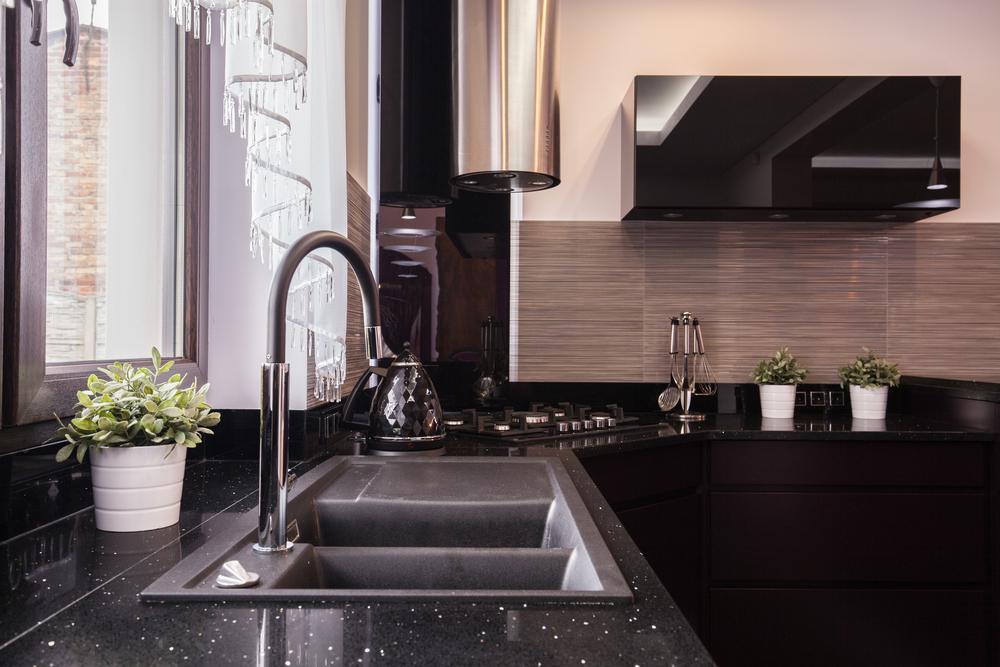Ergonomics in the kitchen
If you are a stay-at-home parent, a domestic god(dess) or even just a plain home body, home is where you spend most of your day. The spaces we occupy shape us over time, quite literally. While the professional world has realized the importance of ergonomics, homes are yet to catch up.
Especially if you are someone who enjoys cooking a lot, it is important that you pay attention to the ergonomics of your kitchen.

Have you noticed that installation of countertops, for example, rarely involve a conversation about the height of the user? Especially if you are quite petite, high countertops can create strain in your calves and shoulders, because you are often on your tippy toes, or are hunching your shoulders. Use a step-stool if you need to stand in one spot for a while, like at the stove or the island.
Similarly, cabinets and shelves should take into account your height. Store frequently used items at eye level, and ensure the cabinet knobs and drawer handles are comfortable to grip and use.
Washing is another heavy-duty chore that happens in the kitchen, and the right sink is a must if you are to be comfortable. Farmhouse sinks are great ergonomic devices too, as they don’t need you to lean in while washing, as do regular sinks. If you are big on cooking and spend a lot of time at the sink, changing your regular narrow sink for a roomy farmhouse sink will be of great help to your back.
A general principle to bear in mind is that long hours of standing is bad for your legs, especially if you are showing signs of varicose veins. See if you can do some of your kitchen chores sitting down, such as prepping your vegetables. A table into the wall, even a foldable one with bar stools, can help you rest your feel while you work.
Last but not the least, pay attention to how much your kitchen requires you to walk around. Things that work together should live together. Keep your spices, ingredients, pots and pans in a single easily accessible zone from the cooking range.
Ergonomics is essentially about design that adapts to the natural human body, and therefore poses little or no strain on you through your work day. See how you can make your kitchen more body-friendly!















